Autonome Vormgeving
Lea von Terzi
Kombucha is a material that results from the interaction between sugar, water, tea, and a symbiotic fermentation culture. It is based on bacteria and yeast and can be grown in any shape and size. In a dry state, it remains flexible and resembles leather. The process is fascinating, the results are beautiful, and I think the potential is simply stunning. This material is sustainable and biodegradable, and you can theoretically grow anything with it. Another important aspect is that it is easy to pass on or share it. Everyone can grow it at home and use it as a material or just make tee out of it.
Supporting Jewelry / Sensuos Jewelry
Sculptural Jewelry Cyberpunk/Future/Fashion
Tangible Interactions
out of bioplastic or recycled plastic
Inspiration photos (Pinterest)
Wearable Constructions
Wearable Sculptures
GROW A LAMP WITH KOMBUCHA
COLOUR EXPERIMENTS
RESEARCH | BIO FABRICATION
TUTORIAL | HOW TO GROW KOMBUCHA
RESEARCH | DRYING AND DYEING
The bacterial leather we will grow consists of cellulose which is a structural compound mainly found in plants. SCOBY leather is super flexible, it can be treated like traditional leather and dried into sheet form, or can be molded around a form during the drying process. This material has the potential to be an alternative to animal sourced textiles and their harmful environmental impacts. You can grow it with the following steps and spread it by dividing your SCOBY.
based around the climate emergency => inspire people through using nature friendly material as part of my work => more symbiotic life with the environment
A talisman is an object that is believed to have magical or supernatural powers and can provide good luck, protection, or other benefits to its owner. A material or a sculpture can become a talisman through a combination of factors, including its appearance, symbolism, cultural significance, and perceived energy or aura.
Here are some ways that a material or a sculpture can become a talisman:
Symbolism: The material or sculpture may feature symbols that are associated with specific meanings or beliefs. For example, a sculpture of a dragon may be considered a talisman for strength and good fortune in Chinese culture.
Cultural Significance: Certain materials or sculptures may be considered talismans due to their cultural significance. For example, jade is considered a powerful talisman in Chinese culture, and is believed to bring good fortune, wealth, and health.
Energy or Aura: Some people believe that materials or sculptures can emit certain energies or auras that can affect the environment or the person in contact with it. For example, some people believe that crystals can emit healing energies and can be used as talismans for health and well-being.
Personal Connection: A material or sculpture may become a talisman for someone based on a personal connection or experience. For example, a sculpture that was gifted to someone by a loved one may hold sentimental value and be considered a talisman for love and protection.
Overall, a material or sculpture can become a talisman based on the beliefs and perceptions of the individual who uses or owns it. The talismanic power of a material or sculpture is not inherent to the object itself, but rather is imbued by the beliefs and intentions of its owner or user.
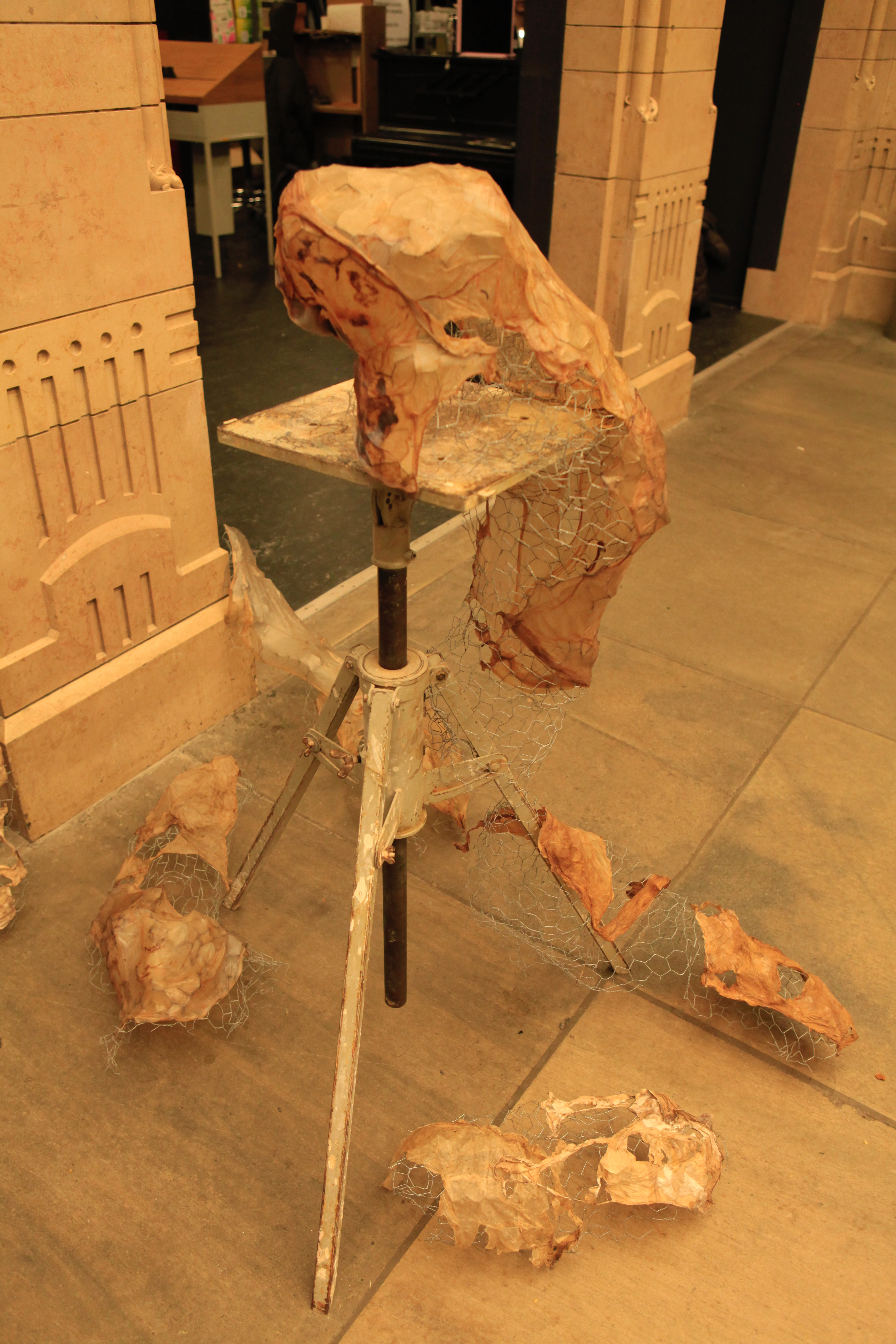
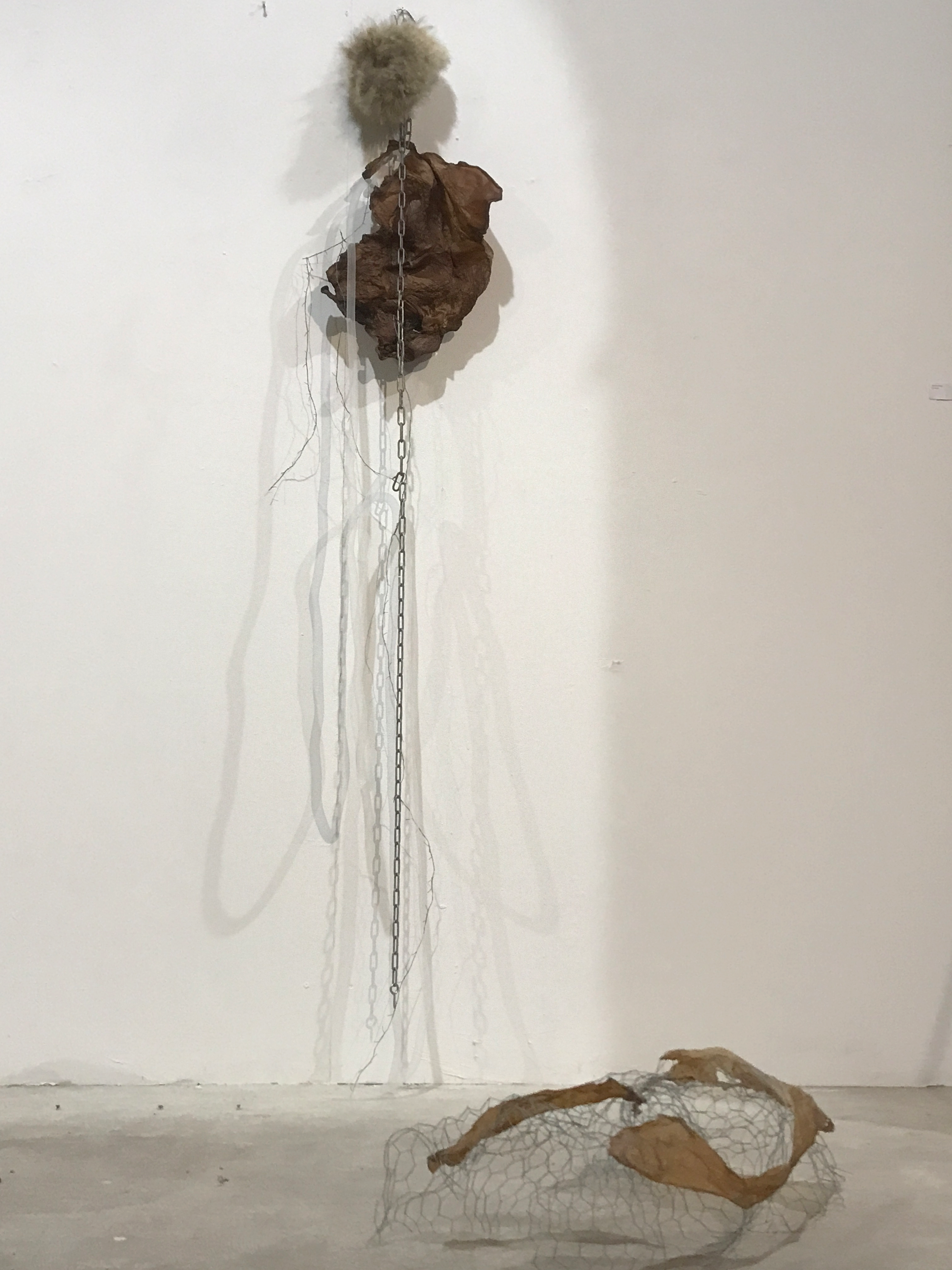
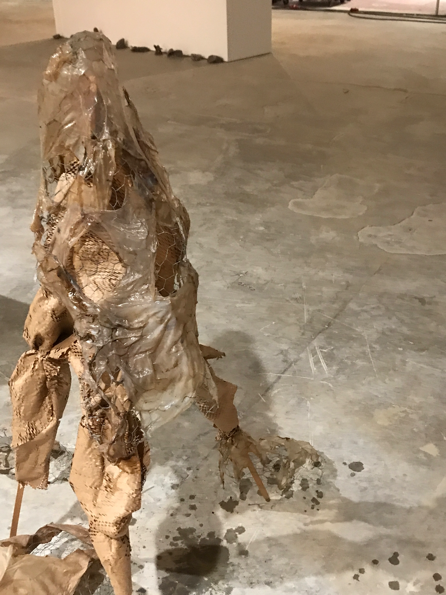
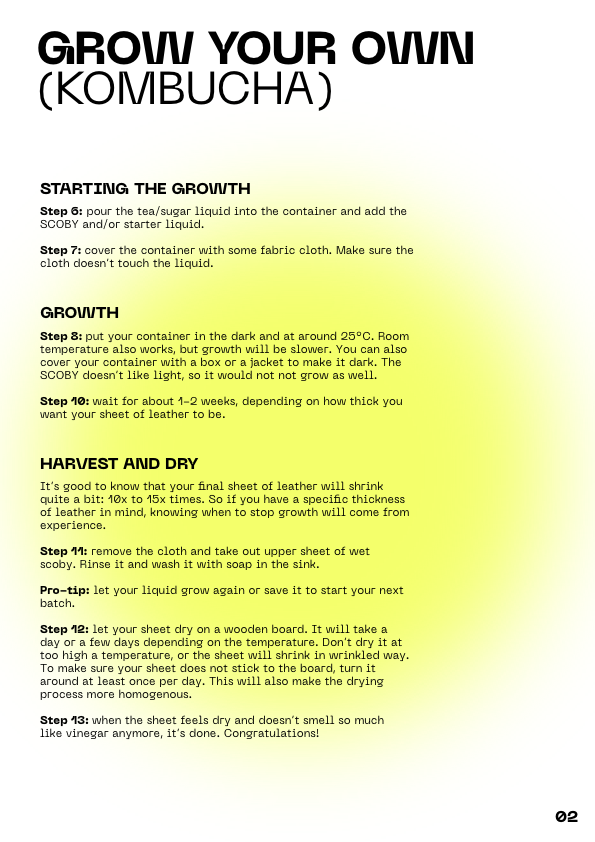
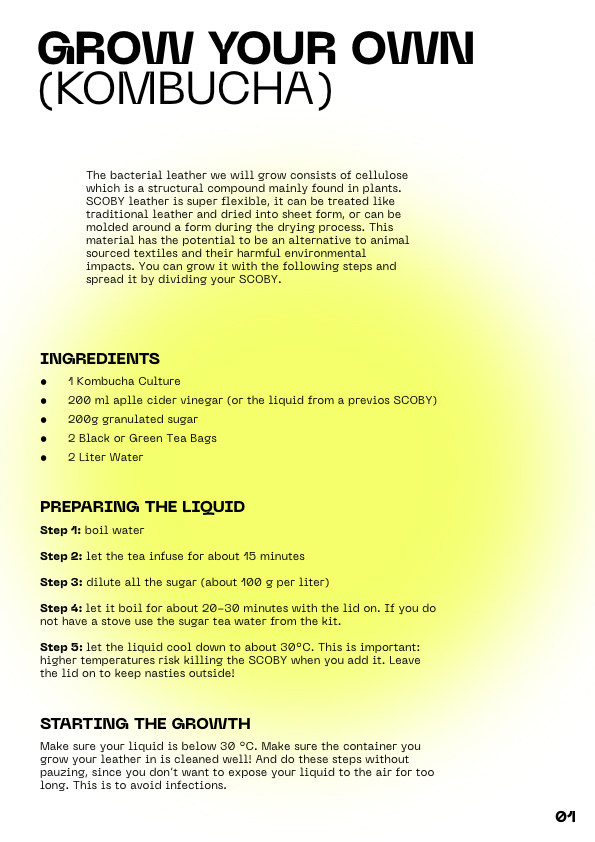
Kombucha and Scoby can be used as materials for sculpture due to their unique properties and aesthetic qualities. Kombucha is a fermented tea that is made by combining tea, sugar, and a symbiotic culture of bacteria and yeast (SCOBY), which forms a thick, rubbery layer on the surface of the liquid. The SCOBY can be used as a flexible and versatile material for creating sculptural forms.
One advantage of using Kombucha and Scoby as a material for sculpture is their sustainability. They are biodegradable and compostable, making them an environmentally friendly alternative to traditional materials such as plastic or clay. Additionally, Kombucha and Scoby can be grown at home with minimal resources and waste, making them a low-cost and accessible material for artists.
Another advantage of using Kombucha and Scoby is their unique aesthetic qualities. The natural textures and patterns of the SCOBY can create interesting and organic shapes, and the translucent quality of the material can allow for creative lighting effects. Kombucha and Scoby can also be dyed or painted, allowing for a wide range of color options.
In summary, Kombucha and Scoby can make sense as materials for sculpture due to their sustainability, accessibility, and unique aesthetic qualities. Using these materials can also be a way for artists to experiment with new and unconventional materials, pushing the boundaries of traditional art forms.
EXPERIMENTS | COMBINING WITH MATERIALS
EXPERIMENTS | MORE SCULPTORAL CONTEXT
EXPERIMENTS | COMBINING WITH MATERIALS
photos from the book
fresh scoby
PUTTING KOMBUCHA IN OPEN SPACE